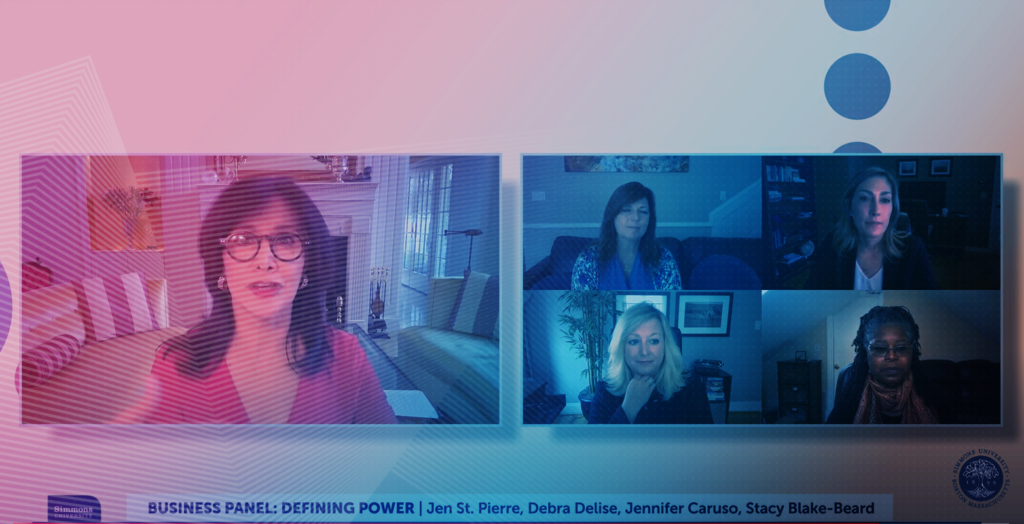
I recently participated in a webinar to discuss everything that went into making CESSE’s annual virtual conference a success. Like so many meetings now, this was the first time the organization delivered a fully virtual experience to its members; the team behind it wanted to share what we learned, best practices and key considerations.







